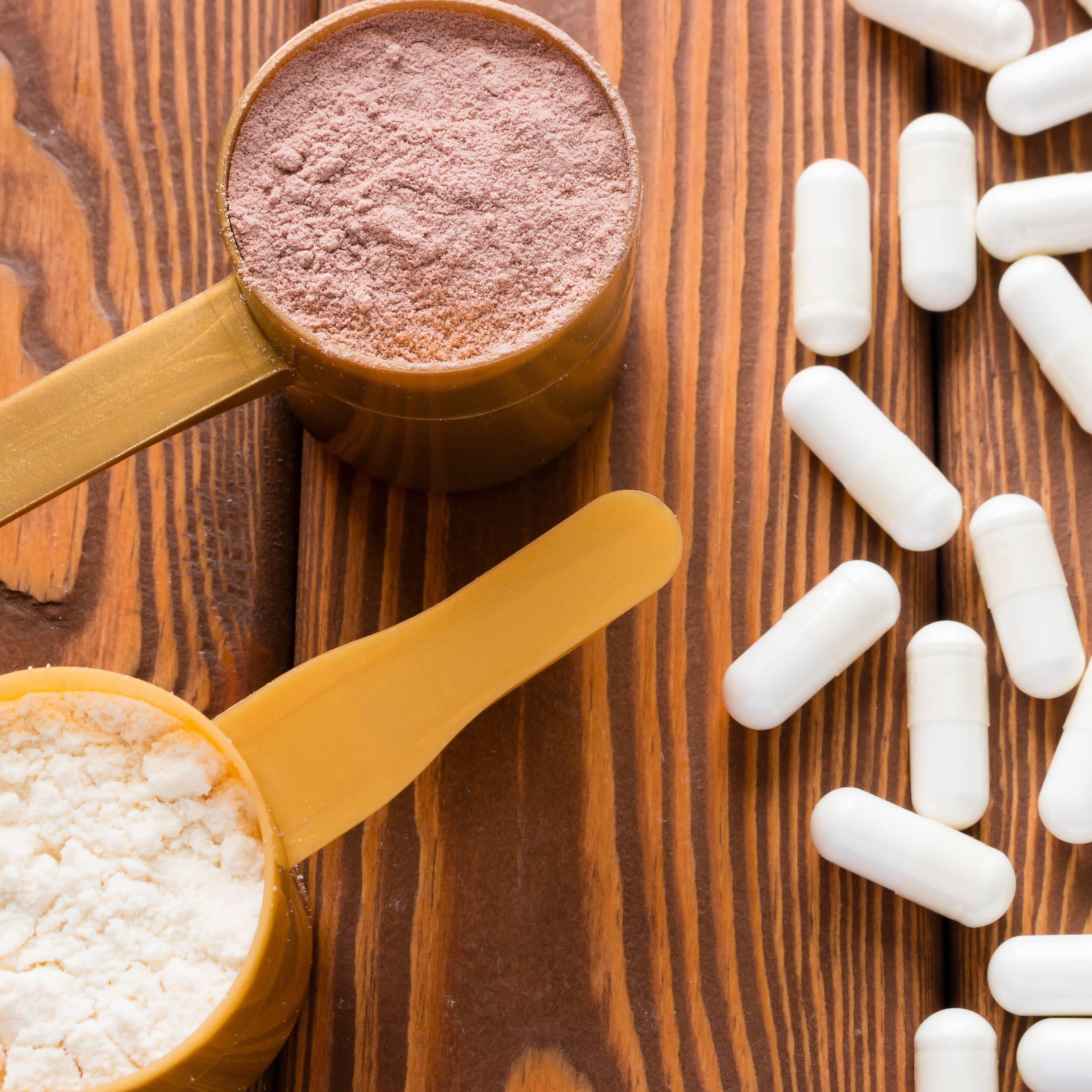We’re not talking about . We’re talking about the structural protein that provides support to tendons, ligaments, and fascia—and , such as ACL tears or Achilles ruptures.
Here’s the claim: As an athlete, you ask a lot of your soft tissue, like your joints and IT band. You . Think of collagen molecules in these places like a rope that’s constantly stretched to its max and then snapped back into place. Over time, that rope might fray—which you’ll feel as something like an overuse strain or tendinitis—or break down completely, which you experience as a more traumatic injury like a tear. To heal quicker, all you have to do is increase your intake of collagen to restore and replace the broken strands. Easy, right?
Lots of smart businesspeople thought so, and they’ve created an entire industry of products promising to restore soft-tissue health and prevent injuries. You’ll find , , , , and that claim to help rebuild and restore your soft tissue.
But while collagen does indeed play a pivotal role in keeping you healthy, it loses nearly all its efficacy when you get it from a package. That’s because it has a serious transportation problem. “The central issue of collagen and other supplementation is that your body has no way to ‘send’ digested collagen (broken down into amino acids) to specific locations in the body that would allow them to then help rebuild what’s degenerated,” says Michael Joseph, assistant professor in the at the University of Connecticut.
In March, Jeffrey Weiss, professor and director of the , along with grad student Jared Zitnay, looked at the . It’s not as easy as capping off your collagen fuel tank. The structure of collagen specifically found in tendons and ligaments—essentially three threads of molecules woven into strands that link together as sturdy chains—is complicated, as is the way your body digests it. Injuries aren’t just straight tears through these chains; rather, they’re caused by a gradual breakdown of the individual molecules that make the chain weaker or less capable of surviving repeated pressure. You can’t fully heal without collagen molecules in that same complex form.
When you chew, drink, or swallow collagen, it immediately hits your digestive tract. You digest it the same way you do any other natural protein: into individual amino acids. Your body can't bring those aminos directly to the site of the injury in order to create or rebuild tendons and ligaments. “There’s no evidence that I’ve seen that what you’re ingesting can actually be used by your body…It goes through your body and comes out as waste,” Zitnay says.
The bottom line: There will probably never be an oral way to bolster your collagen levels. Instead, Zitnay and Weiss’ latest research hopes to target and activate the cells that produce collagen—a more natural, proven way to increase the number of healthy molecules in the body. That’s a long way from being consumer-ready. In the meantime, the remedy for collagen-related injuries is simple and familiar: Live a healthy lifestyle with exercise, strength training, and a balanced, nutrient-rich diet. And if you do get a tendon and ligament injury, .


